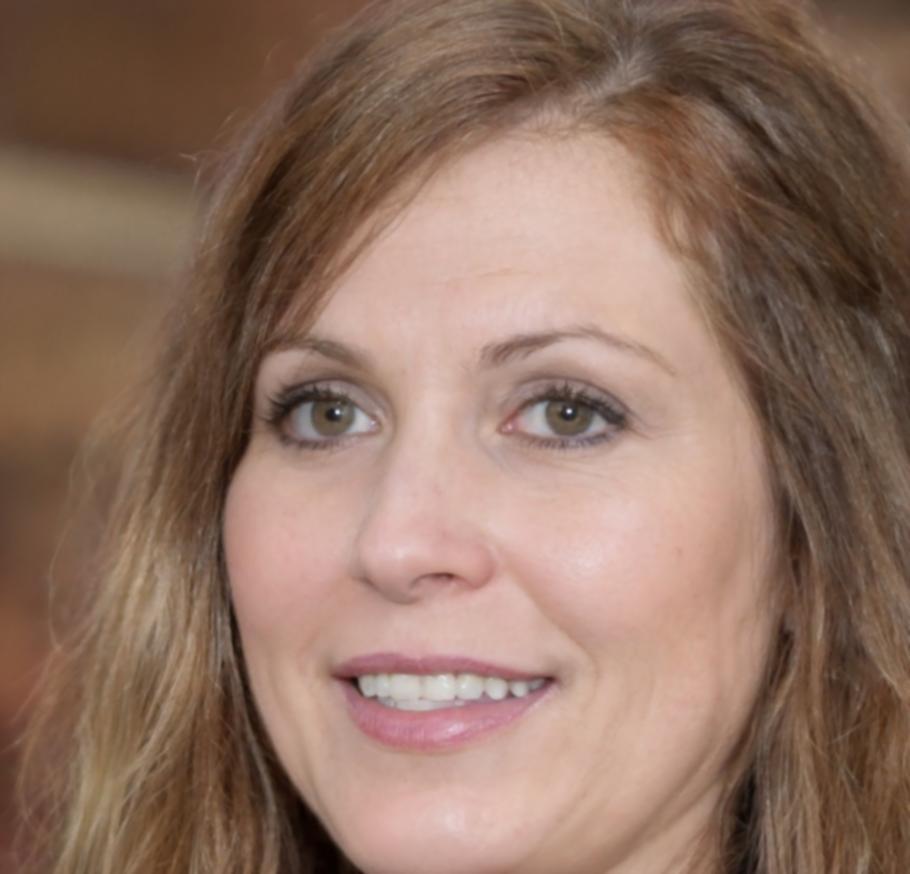How We Started Teaching Business Models That Actually Work
Back in 2018, I was sitting in a cramped office above a coffee shop in Newcastle, watching another promising startup fold because they couldn't figure out their revenue model. That was the third one that month.
The pattern was obvious. Smart people with good ideas kept failing at the same thing. Not because they lacked talent or work ethic, but because nobody had taught them how different business models actually function in real markets.
So we started small. Weekend workshops for local entrepreneurs who wanted to understand why subscription models work for some businesses but tank others. Why marketplace dynamics differ completely from traditional retail approaches.

What Makes Our Approach Different
We don't teach theory for the sake of theory. Every concept gets tested against what actually happens when you try to build something.
Real Case Breakdowns
We dissect actual businesses from the Australian market. You'll see financial statements, customer acquisition costs, and where revenue models succeeded or failed. No sanitized textbook examples.
Guided Model Selection
Through structured questioning, we help you identify which business models match your specific situation. Not what worked for someone else, but what might work for your resources and market position.
Numbers Before Narratives
We start with unit economics and work backwards. If the fundamental math doesn't support your chosen model, we figure that out early rather than after you've spent months building.


Building Knowledge From Years of Watching What Works
Between 2018 and 2025, we've worked directly with over 340 Australian businesses at various stages. Some succeeded spectacularly. Others pivoted three times before finding a sustainable model. A few shut down despite everyone's best efforts.
That range of outcomes taught us more than any single success story ever could. We've seen which pricing strategies actually convert in different markets. Which partnership structures create value versus which ones just create complexity.
- Watched SaaS companies transition from perpetual licenses to subscription models and documented what changed in their customer relationships and cash flow patterns
- Helped marketplace businesses figure out which side of their platform to subsidize and when to stop subsidizing altogether
- Tracked how freemium models perform across different customer segments and where conversion rates typically plateau
- Analyzed why some franchise models scale smoothly while others fall apart after the fifth location
This accumulated experience shapes how we structure our programs. We know which questions to ask early because we've seen what happens when those questions get asked too late.
Who Guides These Programs
Our instructors come from operational backgrounds. They've built businesses, managed P&Ls, and made the kinds of mistakes that teach you things you can't learn from books.

Torin Flaherty
Senior Business Model InstructorSpent eight years building a subscription analytics platform that got acquired in 2023. Now teaches the financial modeling approaches he wishes someone had shown him back in 2015.
His workshops focus on subscription economics and how to forecast churn patterns before they become critical problems. He's particularly good at helping people understand when their unit economics actually support their growth plans.

Livia Pemberton
Marketplace Strategy LeadLaunched three different marketplace businesses between 2017 and 2024. Two succeeded, one didn't. She teaches the framework she developed for figuring out which marketplace dynamics will work in your specific situation.
Her approach centers on network effects and how to create them systematically rather than hoping they emerge naturally. Students appreciate her directness about when marketplace models make sense and when they don't.